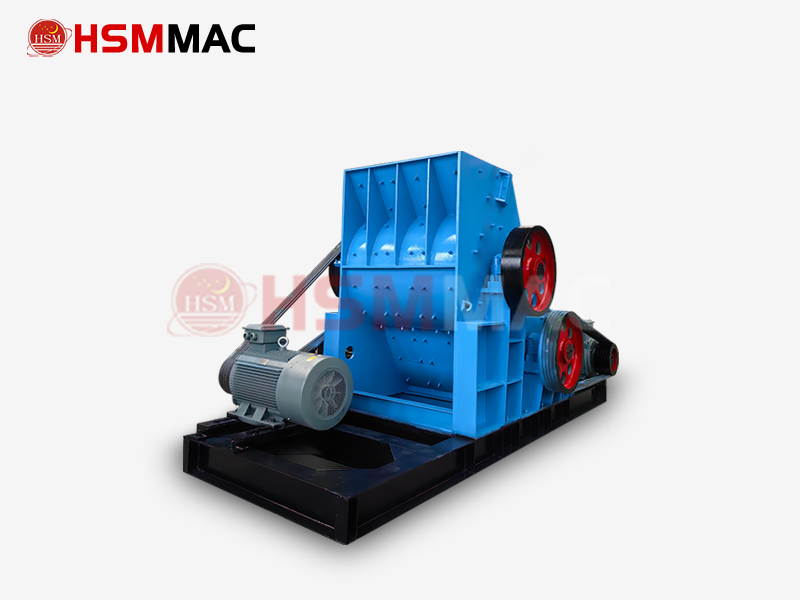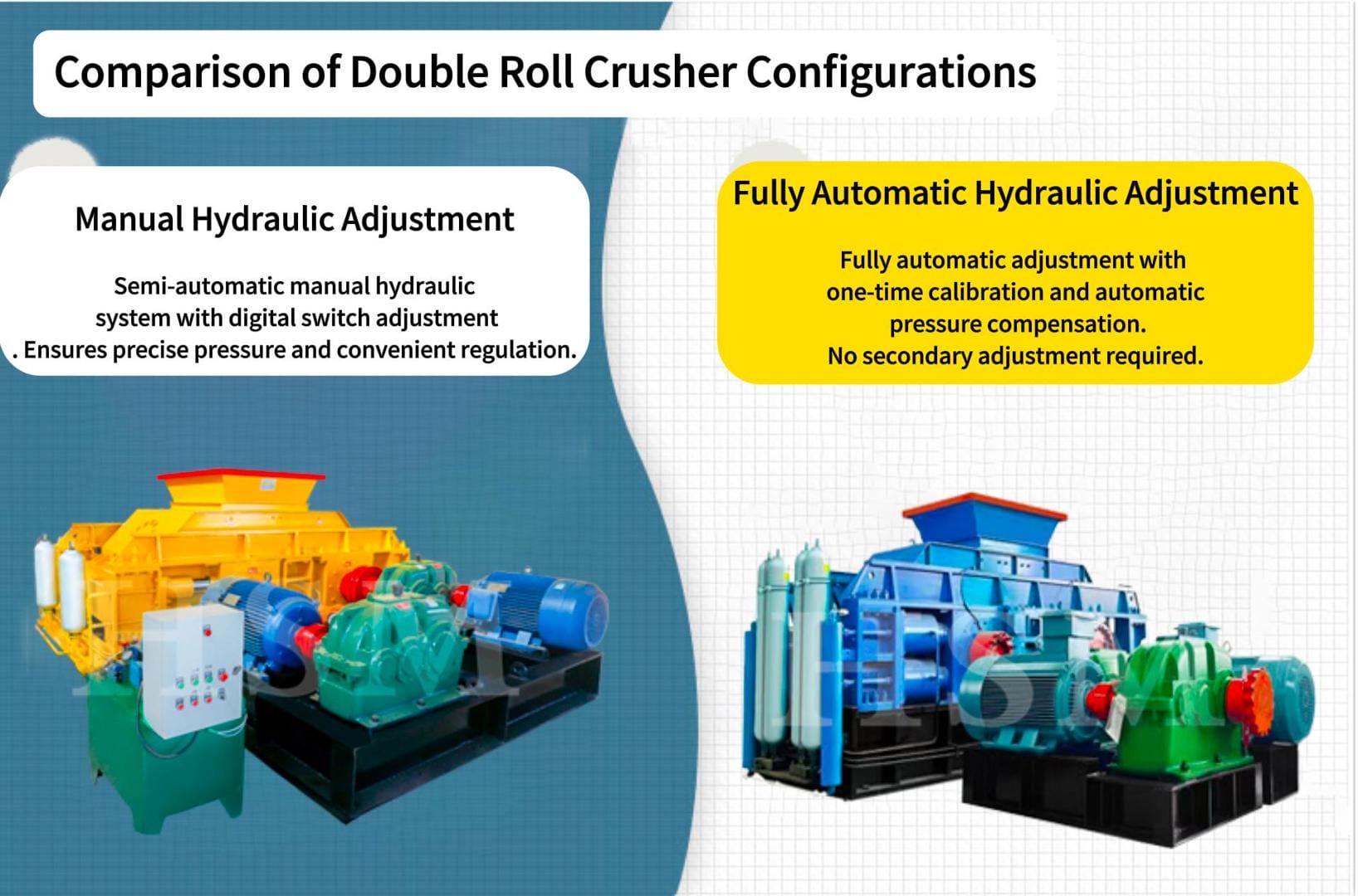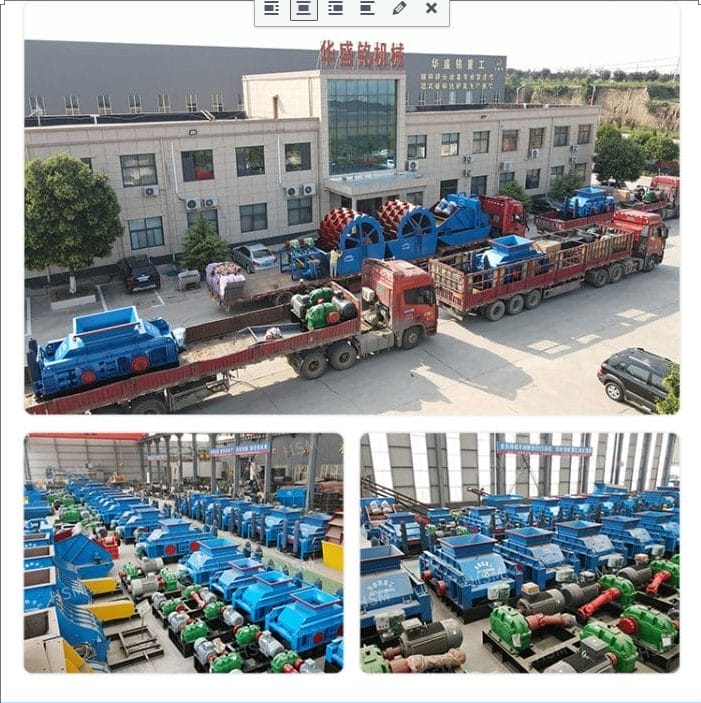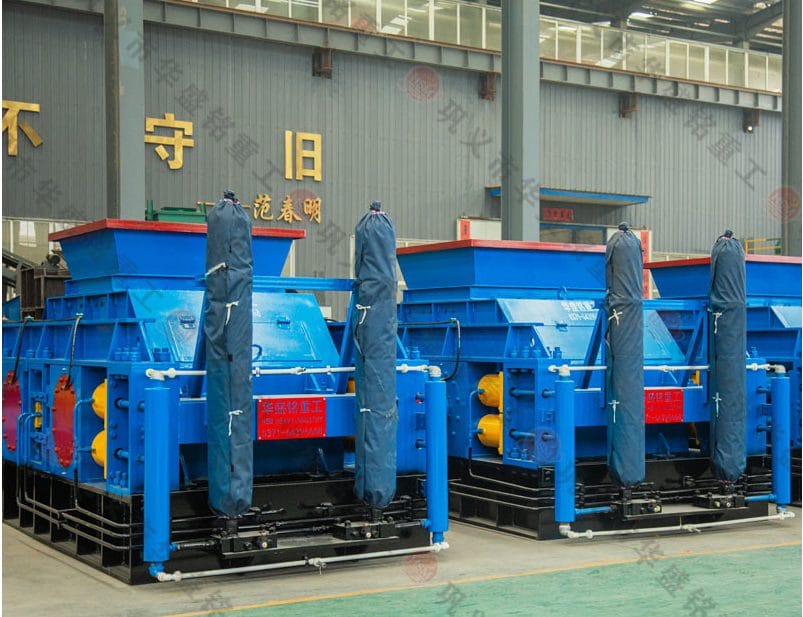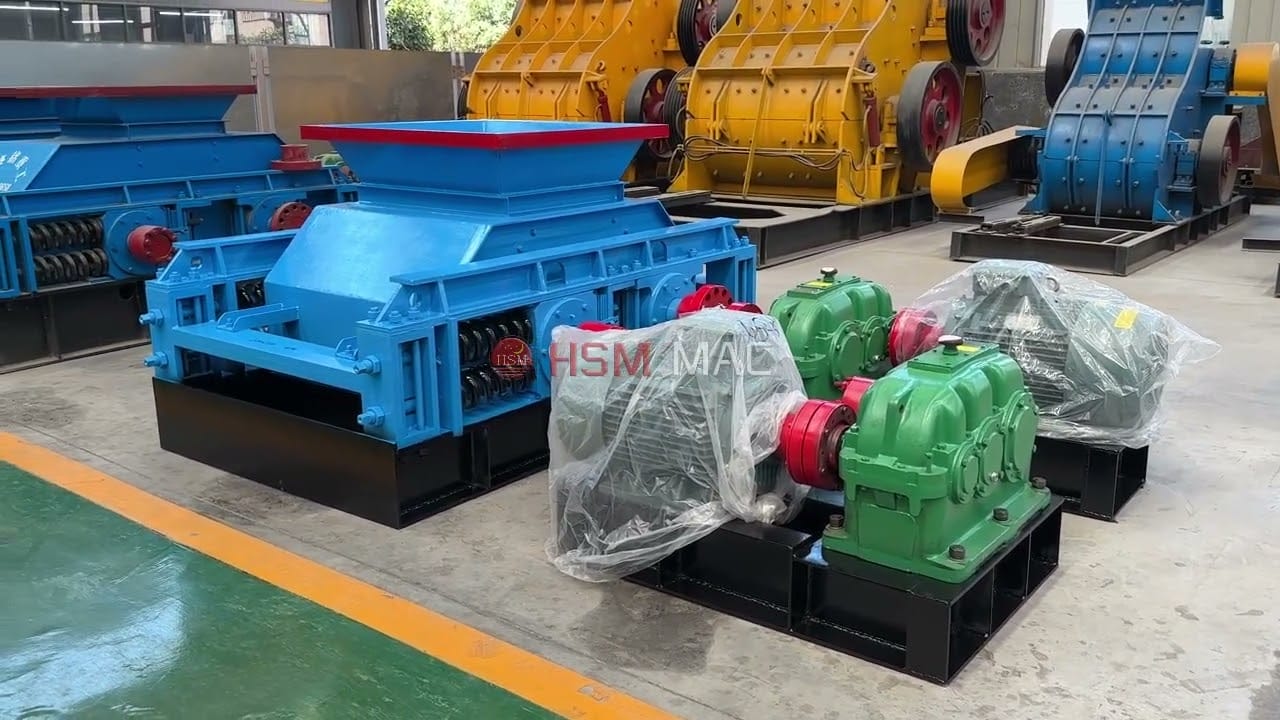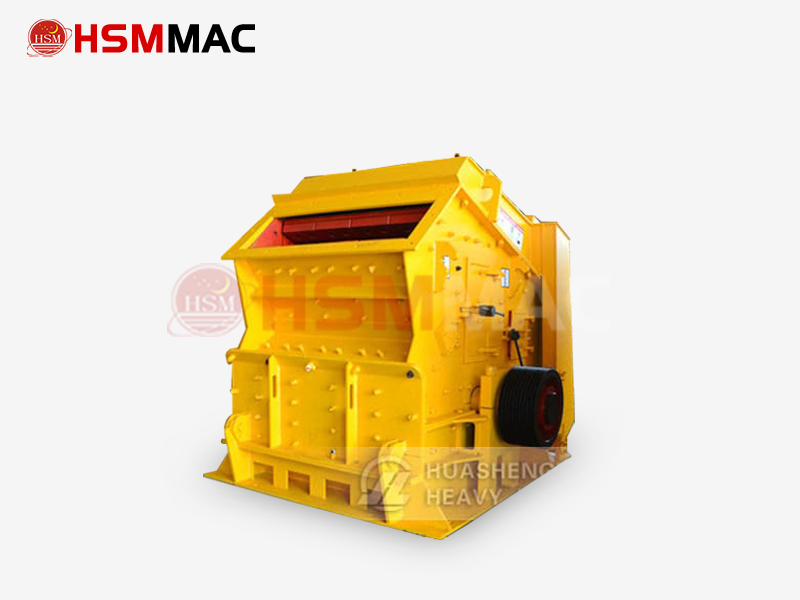
The impact crusher, also known as the sand-making machine, is a core piece of equipment in the production of sand and gravel aggregates. It is widely used in fields such as mining, building materials, and transportation. Its working principle is based on the impact crushing methods of “stone-on-stone” or “stone-on-iron,” where materials are propelled by a high-speed rotating rotor onto a counterattack plate or a pile of materials. This enhances both crushing and shaping processes, resulting in uniformly shaped finished products with reasonable gradation, making it particularly suitable for producing high-quality manufactured sand.
Impact Crusher: A “Powerful Tool” for Efficient Sand Making
This equipment offers significant advantages: Firstly, it boasts high crushing efficiency, with energy consumption reduced by over 30% compared to traditional equipment. Secondly, the particle size of the finished product is controllable. By adjusting the rotor speed and the angle of the counterattack plate. It can produce fine sand or coarse sand ranging from 0 to 5 mm. Thirdly, the wear-resistant parts have a long service life. The hammerheads and counterattack plates, cast from high-chromium alloy, require less frequent replacement, thereby reducing operational costs. Additionally, its modular design facilitates easy maintenance, and its sealed structure effectively minimizes dust emissions, meeting environmental protection requirements.
With the growing demand for infrastructure construction, impact crushers have undergone continuous upgrades. Intelligent control systems can now monitor operational status in real time, further enhancing production stability. Whether processing hard rock or making sand from soft rock. It can meet market demands with its low energy consumption and high efficiency. Becoming an indispensable “green equipment” in the modern sand and gravel industry.










